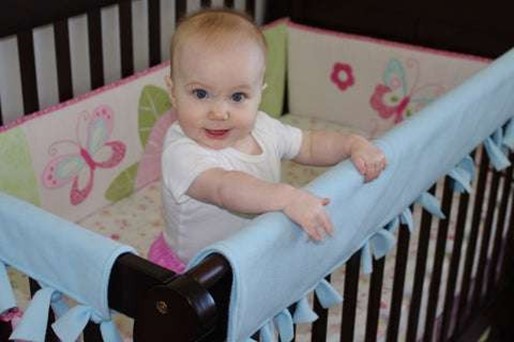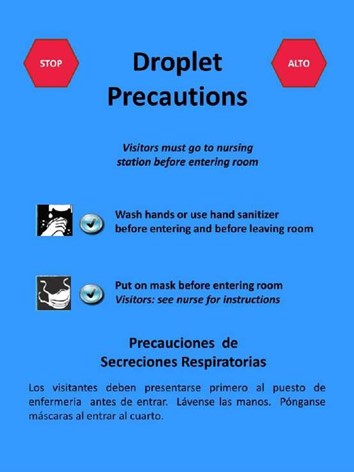A nurse is planning care for a 6-month-old infant who has bacterial meningitis. Which of the following interventions should the nurse include in the plan of care?
Keep the television on in the room to provide background noise.
Provide frequent range of motion to the neck and shoulders.
Pad the side rails of the crib.
Place the infant in a semiprivate room.
The Correct Answer is C
Pad the side rails of the crib.

Padding the side rails of the crib can help prevent injury if the infant experiences seizures, which can be a symptom of bacterial meningitis.
Choice A is wrong because infants with bacterial meningitis may be sensitive to noise and light, so keeping the television on may not be appropriate.
Choice B is wrong because range of motion exercises to the neck and shoulders may not be appropriate for an infant with bacterial meningitis.
Choice D is wrong because placing the infant in a semiprivate room may increase the risk of infection 1.
Nursing Test Bank
Naxlex Comprehensive Predictor Exams
Related Questions
Correct Answer is A
Explanation

Ataxia is a neurological sign that refers to a lack of muscle coordination and can cause staggering. Inhalation of gasoline vapors can cause symptoms such as dizziness or lightheadedness, headache, facial flushing, coughing or wheezing, staggering, slurred speech, blurry vision and weakness.
Choice B is wrong because Hypothermia is not an answer because hypothermia refers to a dangerously low body temperature and is not a symptom of gasoline inhalation.
Choice C is wrong because Hyperactive reflexes are not an answer because hyperactive reflexes refer to overactive or overresponsive reflexes and are not a symptom of gasoline inhalation.
Choice D is wrong because Pinpoint pupils are not an answer because pinpoint pupils refer to abnormally small pupils and are not a symptom of gasoline inhalation.
Correct Answer is B
Explanation
The nurse should first implement droplet precautions for the child.

Bacterial meningitis can be spread through respiratory and throat secretions, so it is important to take precautions to prevent the spread of infection.
Choice A is wrong because while a lumbar puncture may be necessary for diagnosis, preventing the spread of infection is a higher priority.
Choice C is wrong because while dimming the lights may provide comfort, preventing the spread of infection is a higher priority.
Choice D is wrong because while administering an antipyretic may provide comfort, preventing the spread of infection is a higher priority.
Whether you are a student looking to ace your exams or a practicing nurse seeking to enhance your expertise , our nursing education contents will empower you with the confidence and competence to make a difference in the lives of patients and become a respected leader in the healthcare field.
Visit Naxlex, invest in your future and unlock endless possibilities with our unparalleled nursing education contents today
Report Wrong Answer on the Current Question
Do you disagree with the answer? If yes, what is your expected answer? Explain.
Kindly be descriptive with the issue you are facing.
